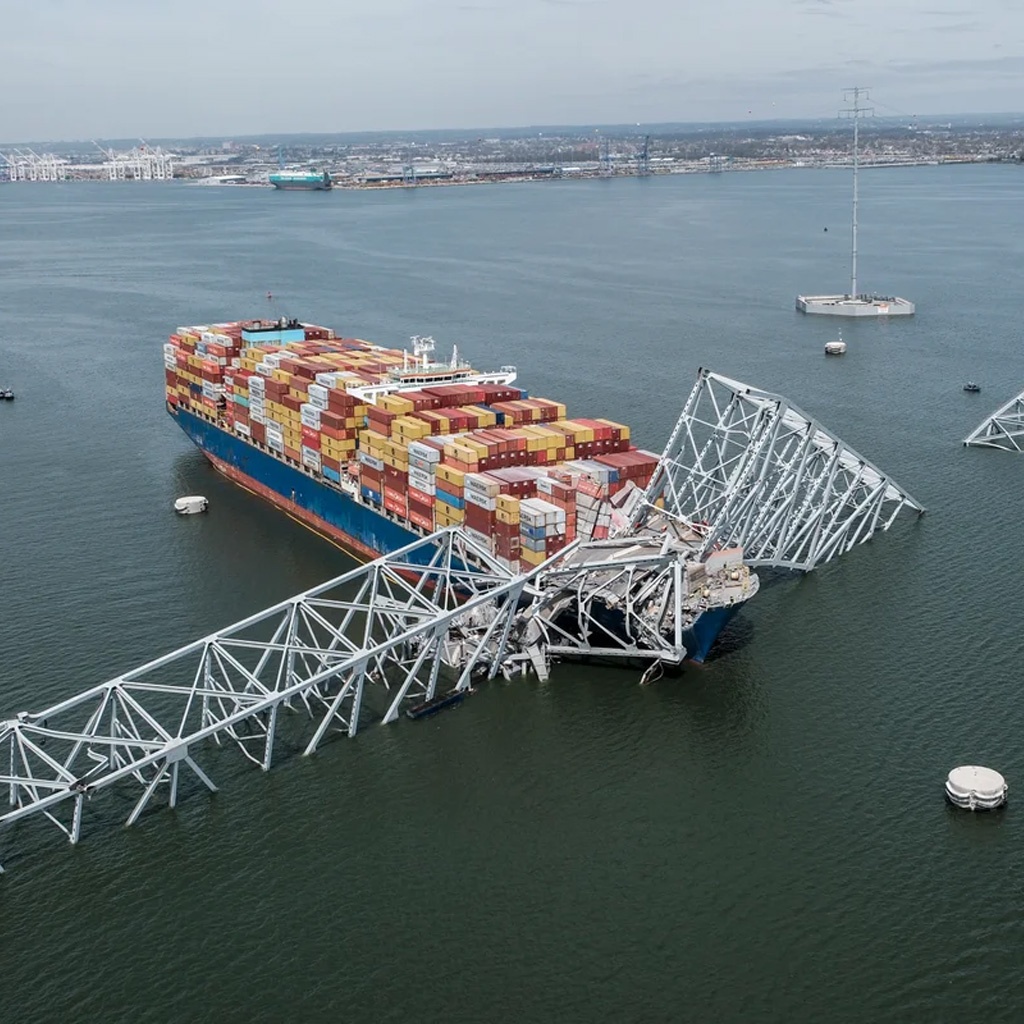“Local governments must stop seeing infrastructure as a cost and start recognizing it as an investment in community health and economic vitality.”– Richard Florida, Author of The Rise of the Creative Class
Beyond Roads and Bridges: Why Local Infrastructure Must Keep Up with a Changing World
In the world of infrastructure, there’s a persistent image that seems to have stuck in the public’s collective imagination: local governments build and repair roads, bridges, and sewers, and that’s pretty much the whole story. But in a rapidly changing world, this outdated view of infrastructure as merely physical assets misses the larger picture. In reality, local infrastructure today is at a crossroads, and its future is no longer just about pavement and pipelines. It’s about smart technology, environmental resilience, long-term strategic planning, and the very fabric of modern communities. If local governments don’t keep up, they risk being left behind—leaving citizens to pay the price, both economically and socially.
The Infrastructure of the Future: A Vision Beyond Concrete
The 21st century is demanding much more from local governments than ever before. Municipal infrastructure development now involves addressing a broader range of issues, from climate resilience to technology integration. This is where Capital Improvement Programs (CIP) come into play. Beyond just repairing existing structures, CIP projects must now factor in smart technologies, environmental sustainability, and data-driven solutions. In forward-thinking cities like Barcelona and Singapore, infrastructure is intertwined with smart city initiatives where technology optimizes everything from traffic flow to energy consumption. These cities have embraced a CIP bond program framework to ensure their projects meet both current demands and future needs.
However, many municipalities in the U.S. remain stuck in a reactive mode—focusing on short-term fixes rather than adopting a long-term strategic planning approach. To truly thrive, local governments need to embrace infrastructure sustainability by building systems that can withstand technological changes, environmental pressures, and shifts in community needs assessments.
At Front Line Advisory Group (FLAG), we work with municipalities to ensure that their CIP projects align with the evolving demands of today’s communities. Our project management frameworks integrate the latest technology, ensuring that local governments aren’t just building for today—they’re building for the future.
Climate Change is No Longer a Problem for Tomorrow
It’s impossible to talk about the future of municipal infrastructure development without discussing the immediate challenges posed by climate change. Increasingly frequent storms, rising sea levels, and extreme weather events are already wreaking havoc on public safety facilities, utilities, and transportation networks. Many local governments face financial strain due to repeated infrastructure repairs, which compromise municipality financial health. The question isn’t whether climate change will impact infrastructure—it’s whether the infrastructure being built today is resilient enough to handle tomorrow’s challenges.
This is where sustainable development becomes critical. Infrastructure should be designed to reduce long-term risks, rather than simply repairing damage after each disaster. Cities like New York and Miami are already integrating resilient infrastructure into their CIP bond programs, focusing on measures like flood barriers and heat-resistant roads. These are not just temporary fixes; they are long-term investments that strengthen local economies and protect communities.
FLAG is committed to helping local governments prioritize infrastructure sustainability. By incorporating resilient designs and sustainable materials into our projects, we’re helping municipalities safeguard their futures while minimizing costs. We also assist in identifying funding sources for CIP, such as revenue bonds vs. general obligation bonds, ensuring that municipalities have the financial capacity to support their debt capacity while delivering resilient infrastructure.
Why Local Governments Must Act Now
The truth is, local governments stand at the crossroads of a critical decision: embrace sustainable development or continue the cycle of reactive maintenance. The technologies and designs needed to transform infrastructure are already available, but implementation requires leadership and foresight. Community engagement is crucial in this process, as public input can help prioritize projects that align with citizens’ needs and expectations. Moreover, strategic planning and transparent communication are essential for securing public support for infrastructure funding, whether through revenue bonds or general obligation bonds.
Local governments must also rethink their role in the broader economic and social impacts of infrastructure development. A well-executed capital improvement program doesn’t just create better roads or utility systems; it drives economic growth, attracts businesses, and improves quality of life. Conversely, a failure to invest in resilient infrastructure could jeopardize a community’s competitiveness and overall well-being.
FLAG understands that infrastructure is not a “one-size-fits-all” challenge. Our community needs assessment approach ensures that every project is tailored to meet the specific needs of the municipalities we serve. We work closely with local governments to ensure that their CIP projects don’t just solve today’s problems—they lay the foundation for future prosperity.
The Stakes Are Too High to Stay Stagnant
In today’s world, municipal infrastructure development is about far more than just maintaining the status quo. It’s about vision, leadership, and innovation. Local governments that prioritize sustainable development will be the ones who attract businesses, improve their community’s resilience, and secure a prosperous future. Those that don’t will find themselves dealing with the consequences of outdated infrastructure—leading to higher costs, lower quality of life, and diminishing returns on investment.
FLAG is here to help local governments navigate this crucial transition. Through disciplined project management, funding expertise, and a relentless focus on sustainability, we are redefining how CIP projects are managed and delivered. By embracing innovation and long-term strategic planning, we help communities build the infrastructure they need today—and tomorrow. After all, infrastructure isn’t just about what we build; it’s about why it matters.
At Front Line Advisory Group, we manage Capital Improvement programs to ensure they are completed on time and within budget. We make sure every dollar is used wisely to improve our community. For more information or to start your project, contact us at info@frontlineadvisorygroup.com.












